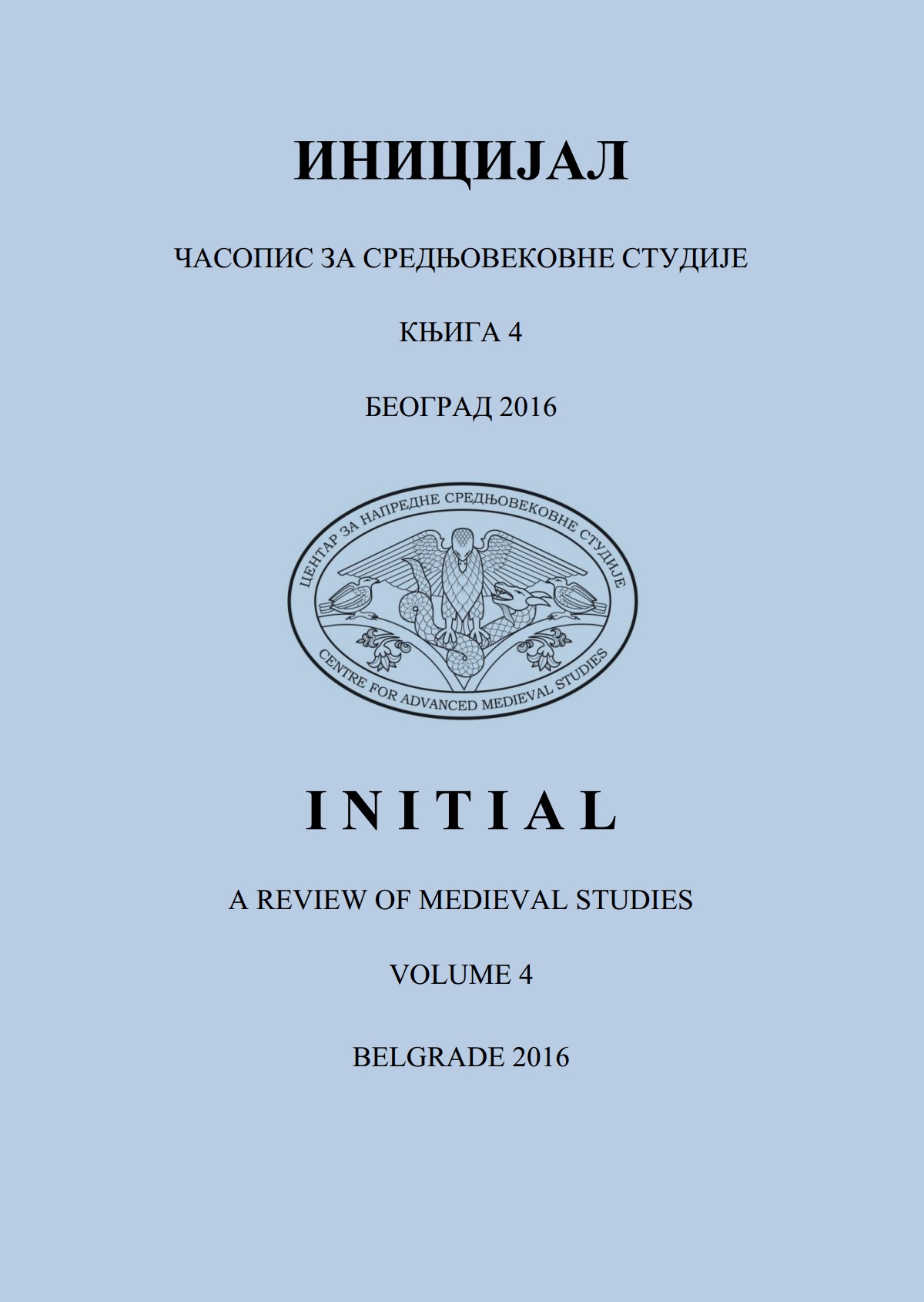Fonti letterarie e riferimenti dionisiaci in alcuni mosaici della Sicilia tardoantica
Literary Sources and Dionysian References in Some Mosaics of Late Antique Sicily
Author(s): Giancarlo Germanà BozzaSubject(s): Cultural history, Visual Arts, Ancient World
Published by: Центар за напредне средњовековне студије
Keywords: Dionysus; Hercules; mosaics; Rome; Sicily; Philosophiana
Summary/Abstract: The analysis of some mosaics that were part of the luxurious decoration of some late antique villas in Sicily gives the opportunity to examine some issues regarding their relationship with Dionysus and literary sources. The comparison of these themes with late antique literary sources provides a clear indication of of the literary assets still circulating among the provincial Roman aristocracy that ordered them. For this reason, the presence of certain iconographic themes in late antique villas in Sicily should be seen from a different point of view. Besides the most common decorative themes, drawn from a vast repertoire mainly influenced by North African models, it is possible to note the presence of some themes demanded by the customer. In the Roman villa at Piazza Armerina, in what is known as the massa Philosophiana, in the so-called trichora room, there is a series of mosaics whose contents differ significantly from those in the rest of the villa. Previous studies have already pointed out the substantial differences in content and style, even assuming a chronology for the mosaics of the highest room trichora. To this one can also add the presence of a particular iconographic interpretation of some characters, primarily of Hercules, who is positioned close to Dionysus, wearing a leopard skin and offering an image that recalls the Hercules Astrochiton mentioned by literary sources. In the trichora room of a Roman villa at Piazza Armerina, there are other references to Dionysius, seen primarily as a metamorphosis and madness that can affect humans, as in the case of Lycurgus. Another iconographic subject analysed in this study is that of a mosaic of the Roman villa of Tellaro, which represents the return of Hector’s body. Although this theme appears in many variations, particularly on the sarcophagi, in this case it offers several characteristics that lead back to a literary mode. The presence of these iconographic themes in the mosaics of Roman villas in Sicily can be seen as an expression of the interest of the region’s old aristocracy in the classical tradition. Characters like Hercules and Dionysus represented a tradition that was waning, being replaced by the consolidation of Christianity. Their representations in these residences indicate, on one hand, the rich culture of the owners, but on the other, their attachment to a nostalgic world that was nearing its twilight hour.
Journal: Иницијал. Часопис за средњовековне студије
- Issue Year: 2016
- Issue No: 4
- Page Range: 11-32
- Page Count: 22
- Language: Italian

